A Comprehensive Guide To Implementing WebDAV On Windows Server: Enabling Collaborative File Sharing
A Complete Information to Implementing WebDAV on Home windows Server: Enabling Collaborative File Sharing
Associated Articles: A Complete Information to Implementing WebDAV on Home windows Server: Enabling Collaborative File Sharing
Introduction
On this auspicious event, we’re delighted to delve into the intriguing subject associated to A Complete Information to Implementing WebDAV on Home windows Server: Enabling Collaborative File Sharing. Let’s weave fascinating info and supply contemporary views to the readers.
Desk of Content material
A Complete Information to Implementing WebDAV on Home windows Server: Enabling Collaborative File Sharing
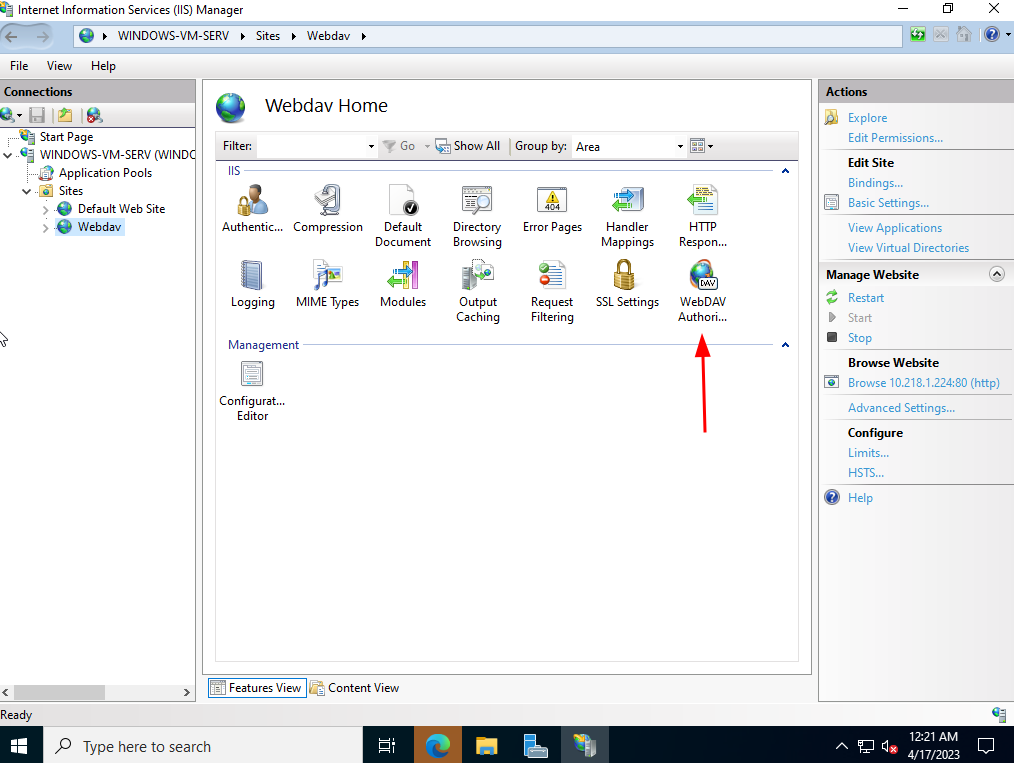
Whereas Home windows Server 2025 shouldn’t be but a launched product, the ideas of establishing WebDAV on a Home windows Server stay constant throughout variations. This information will comprehensively discover the method of configuring WebDAV on a Home windows Server, specializing in its significance in facilitating collaborative file sharing and enhancing knowledge accessibility.
Understanding WebDAV
Net Distributed Authoring and Versioning (WebDAV) is an extension of the Hypertext Switch Protocol (HTTP) that allows customers to edit and handle recordsdata on a distant internet server as in the event that they had been accessing them regionally. Primarily, it permits for the creation, deletion, modification, and administration of recordsdata and folders over the web utilizing commonplace internet protocols. This makes WebDAV a useful device for:
- Collaborative File Sharing: Groups can work on paperwork, displays, and different recordsdata concurrently, no matter their bodily location.
- Distant File Entry: Customers can entry and handle recordsdata on a server from any gadget with an web connection.
- Centralized Information Administration: WebDAV supplies a centralized platform for storing and managing recordsdata, guaranteeing consistency and safety.
- Model Management: WebDAV helps versioning, permitting customers to trace adjustments and revert to earlier variations of recordsdata.
Stipulations for WebDAV Implementation
Earlier than configuring WebDAV in your Home windows Server, guarantee you may have the next:
- Home windows Server: A Home windows Server working system, akin to Home windows Server 2019 or 2022.
- IIS (Web Data Providers): IIS is an internet server software program included in Home windows Server, offering the muse for WebDAV performance.
- File Share: A chosen file share on the server the place you wish to allow WebDAV entry.
Setting Up WebDAV on Home windows Server
The next steps define the method of configuring WebDAV on a Home windows Server:
-
Allow IIS: Make sure that IIS is put in and enabled in your server. This may be finished by the Server Supervisor or through the use of the command immediate.
-
Create a Digital Listing: Create a digital listing inside IIS that factors to the file share you wish to make accessible by way of WebDAV. This digital listing would be the entry level for WebDAV entry.
-
Set up WebDAV Module: The WebDAV module shouldn’t be included by default in IIS. It’s essential to set up it utilizing the Server Supervisor or the command immediate.
-
Configure WebDAV Settings: Navigate to the digital listing you created in IIS and open the "WebDAV" part. Right here, you may configure the next settings:
- Allow WebDAV: Choose this selection to allow WebDAV entry for the digital listing.
- Enable Learn Entry: Enable customers to view and obtain recordsdata from the share.
- Enable Write Entry: Enable customers to create, modify, and delete recordsdata on the share.
- Enable Delete Entry: Enable customers to delete recordsdata and folders from the share.
- Enable Create Entry: Enable customers to create new recordsdata and folders throughout the share.
- Enable Supply Entry: Enable customers to repeat recordsdata from the server to their native machines.
- Enable Vacation spot Entry: Enable customers to repeat recordsdata from their native machines to the server.
-
Configure Authentication: WebDAV requires authentication to make sure safe entry to the file share. Select an applicable authentication technique, akin to:
- Primary Authentication: Easy username/password authentication.
- Home windows Authentication: Makes use of Energetic Listing credentials for authentication.
- Digest Authentication: Safer than primary authentication, offering a hash of the password as an alternative of the particular password.
-
Configure Permissions: Set applicable permissions for the file share and its contents. Make sure that customers have the required permissions to entry and modify recordsdata as wanted.
-
Check WebDAV Entry: After finishing the configuration, check WebDAV entry utilizing an internet browser or a WebDAV consumer. Make sure that customers can entry the file share and carry out the specified operations.
Safety Issues for WebDAV
Whereas WebDAV affords vital advantages, it is essential to implement safety measures to guard your knowledge:
- Safe Communication: Use HTTPS to encrypt communication between shoppers and the server.
- Robust Authentication: Implement strong authentication strategies, akin to Energetic Listing integration or multi-factor authentication.
- Entry Management: Implement granular entry management to limit person entry primarily based on their roles and duties.
- Common Updates: Hold your server software program and WebDAV modules up to date to mitigate safety vulnerabilities.
- Auditing: Allow auditing to watch person exercise and determine potential safety breaches.
Advantages of Implementing WebDAV
Implementing WebDAV in your Home windows Server affords a number of benefits:
- Enhanced Collaboration: WebDAV facilitates seamless file sharing and collaboration amongst staff members, no matter their location.
- Elevated Productiveness: Customers can entry and handle recordsdata remotely, enhancing productiveness and effectivity.
- Simplified File Administration: WebDAV supplies a centralized platform for managing recordsdata, decreasing administrative overhead.
- Improved Information Safety: When applied accurately, WebDAV can improve knowledge safety by authentication and encryption.
FAQs on WebDAV Implementation
Q: What are the frequent WebDAV shoppers obtainable for accessing recordsdata on a Home windows Server?
A: A number of WebDAV shoppers can be found for accessing recordsdata on a Home windows Server. Some common choices embody:
- Home windows Explorer: Home windows Explorer can entry WebDAV shares immediately by the "Community" part.
- Filezilla: A well-liked free FTP consumer that additionally helps WebDAV.
- Cyberduck: A cross-platform FTP, SFTP, and WebDAV consumer.
- Rclone: A command-line utility that helps WebDAV and different cloud storage providers.
Q: Can I take advantage of WebDAV for syncing recordsdata between totally different units?
A: Whereas WebDAV does not inherently present real-time file synchronization, you should utilize third-party instruments that leverage WebDAV for syncing. For instance, some cloud storage providers like OwnCloud and Nextcloud help WebDAV for syncing recordsdata throughout units.
Q: How can I troubleshoot WebDAV connectivity points?
A: A number of troubleshooting steps might help resolve WebDAV connectivity points:
- Examine Firewall Settings: Make sure that the firewall on the server and consumer machines permits communication over the required ports (usually port 80 or 443 for HTTPS).
- Confirm Digital Listing Configuration: Make sure that the digital listing is accurately configured and factors to the proper file share.
- Examine Authentication Settings: Confirm that the authentication technique is accurately configured and that customers have the suitable credentials.
- Overview Occasion Logs: Examine the occasion logs on the server for any errors associated to WebDAV entry.
Q: Is WebDAV an acceptable resolution for giant file transfers?
A: Whereas WebDAV can deal with massive file transfers, it is probably not probably the most environment friendly resolution for transferring extraordinarily massive recordsdata. For giant file transfers, think about using devoted file switch protocols like FTP or SFTP, that are optimized for this objective.
Suggestions for Implementing WebDAV
- Plan Fastidiously: Earlier than implementing WebDAV, rigorously plan the file share construction, entry management, and authentication strategies to make sure a safe and environment friendly system.
- Use Robust Passwords: Encourage customers to make use of robust passwords for accessing WebDAV shares.
- Monitor Person Exercise: Often monitor person exercise on the WebDAV share to determine any suspicious habits.
- Implement Safety Greatest Practices: Observe safety greatest practices, akin to usually updating software program and implementing robust entry controls.
Conclusion
WebDAV supplies a strong and versatile resolution for collaborative file sharing and distant entry on Home windows Server. By implementing WebDAV, organizations can improve knowledge accessibility, enhance staff collaboration, and streamline file administration. Nonetheless, it is essential to prioritize safety by implementing applicable authentication strategies, entry management, and different safety measures. With cautious planning and a concentrate on safety, WebDAV is usually a beneficial asset for companies and people alike.
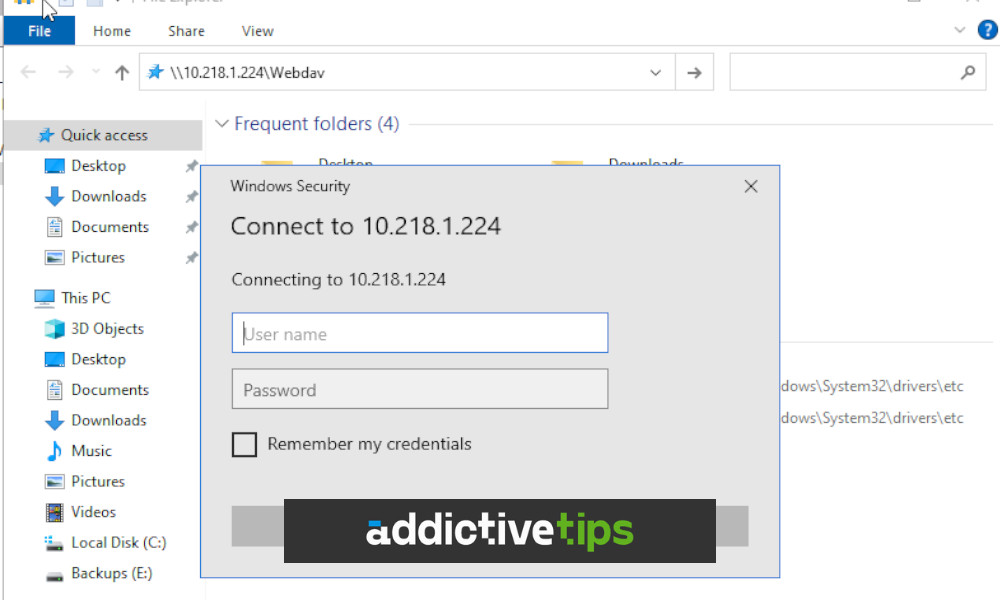
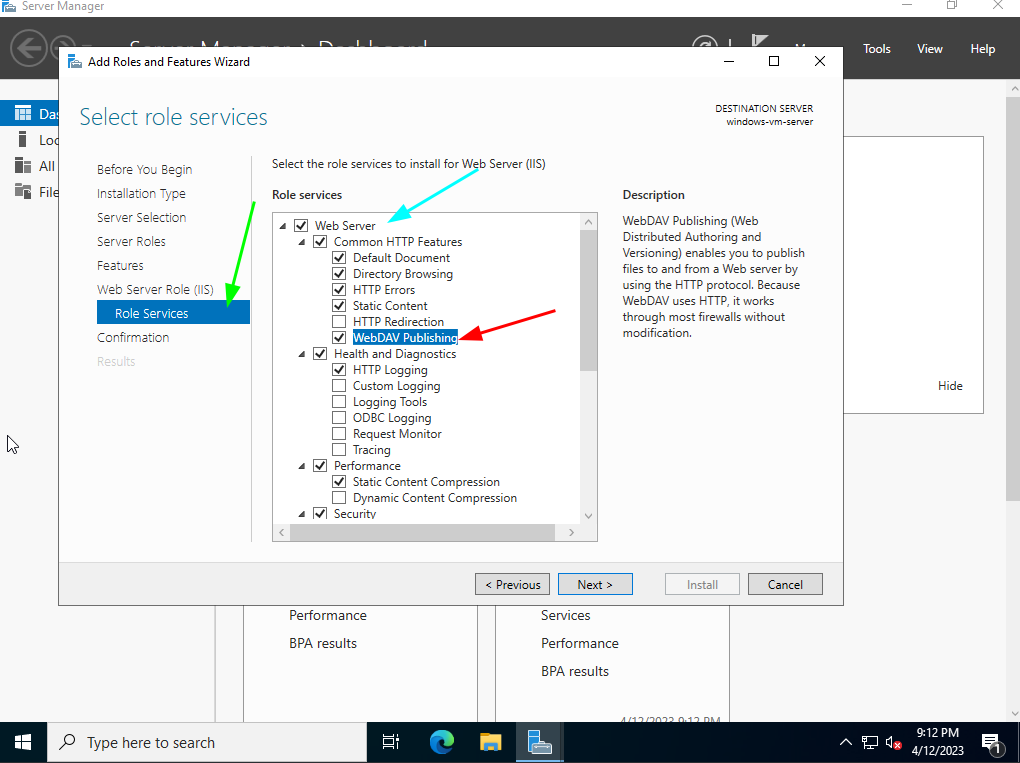


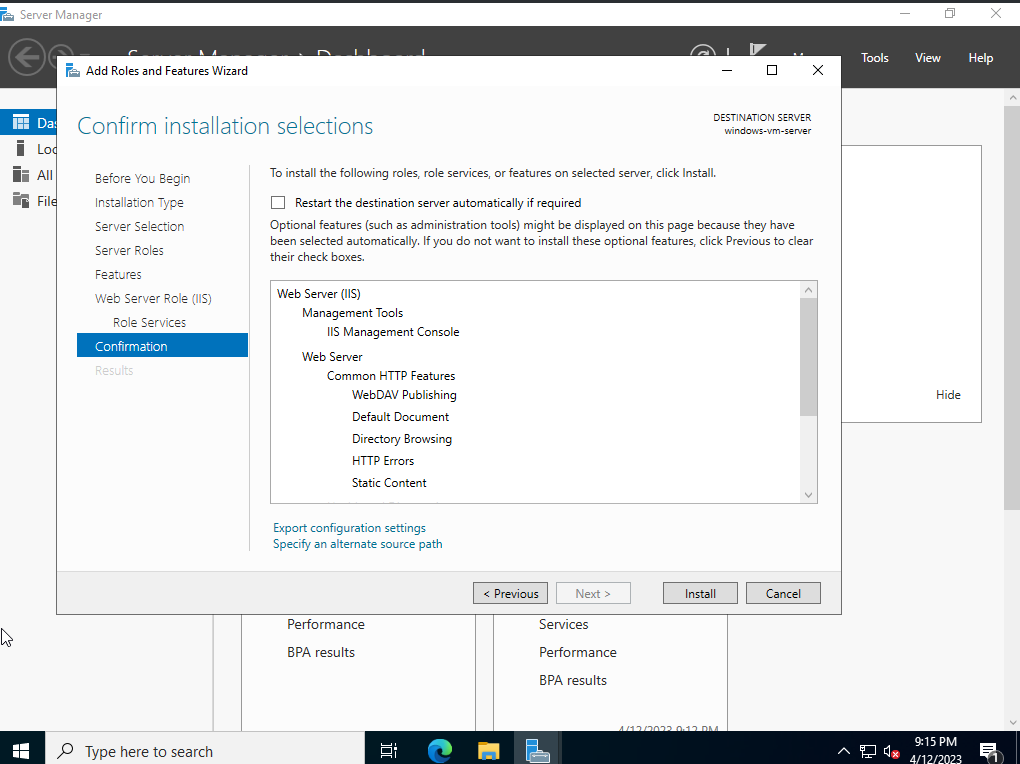

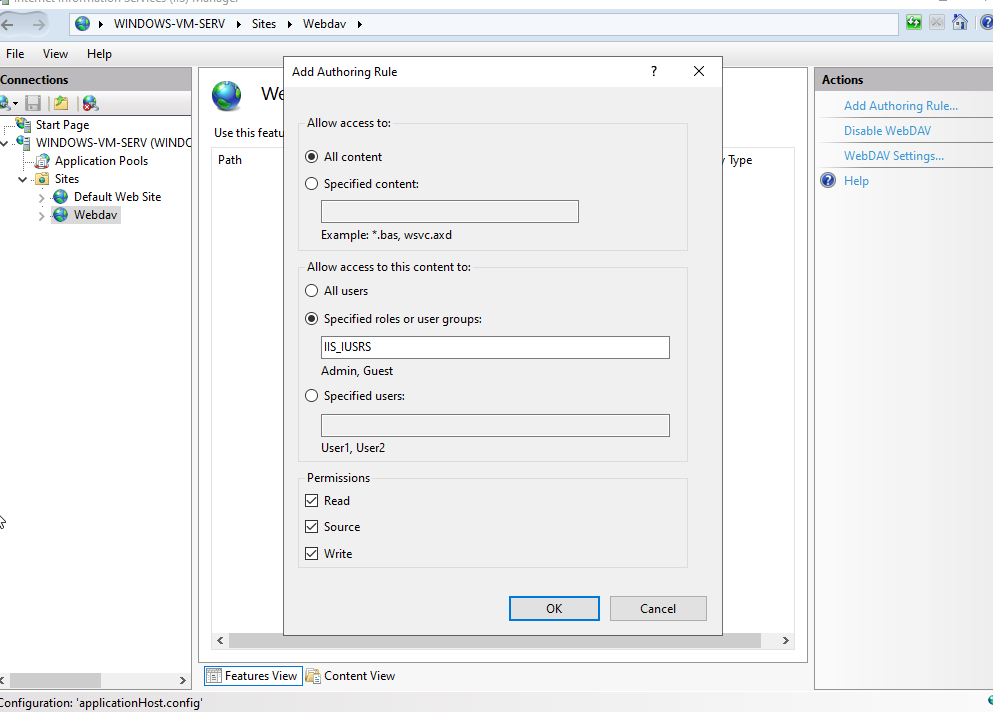

Closure
Thus, we hope this text has offered beneficial insights into A Complete Information to Implementing WebDAV on Home windows Server: Enabling Collaborative File Sharing. We hope you discover this text informative and useful. See you in our subsequent article!